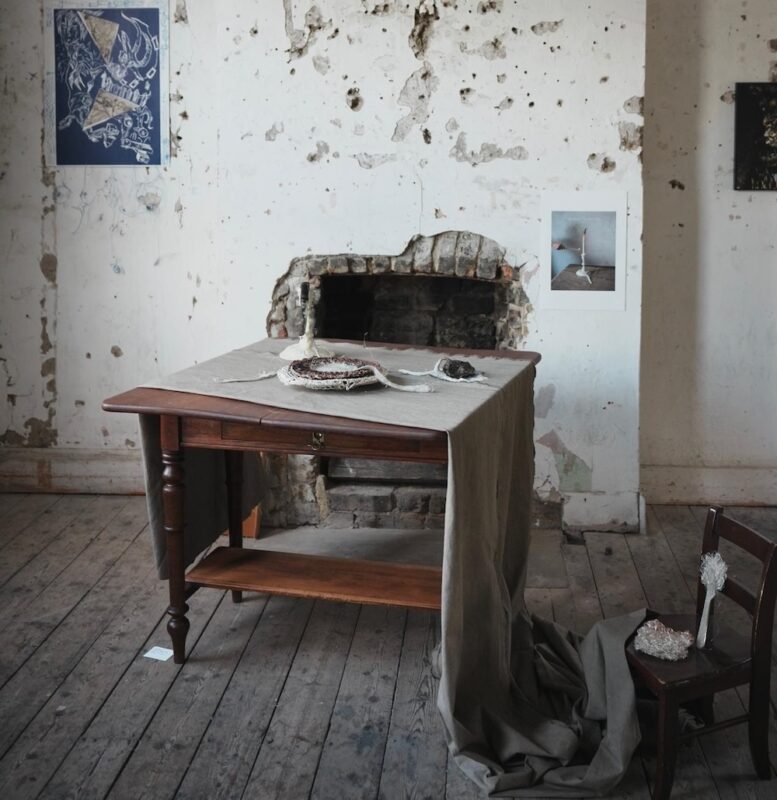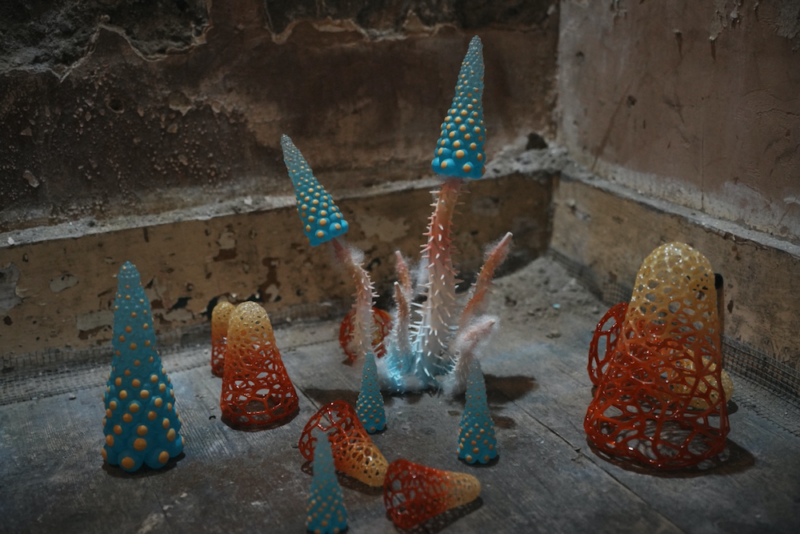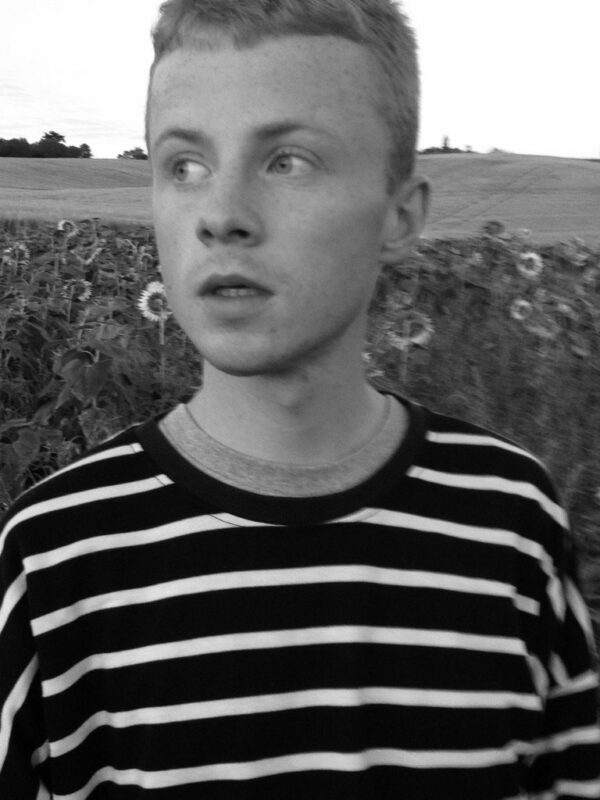London Design Festival (LDF), now in its 22nd edition, opened last Saturday 14th September and runs through to Saturday 22nd September.
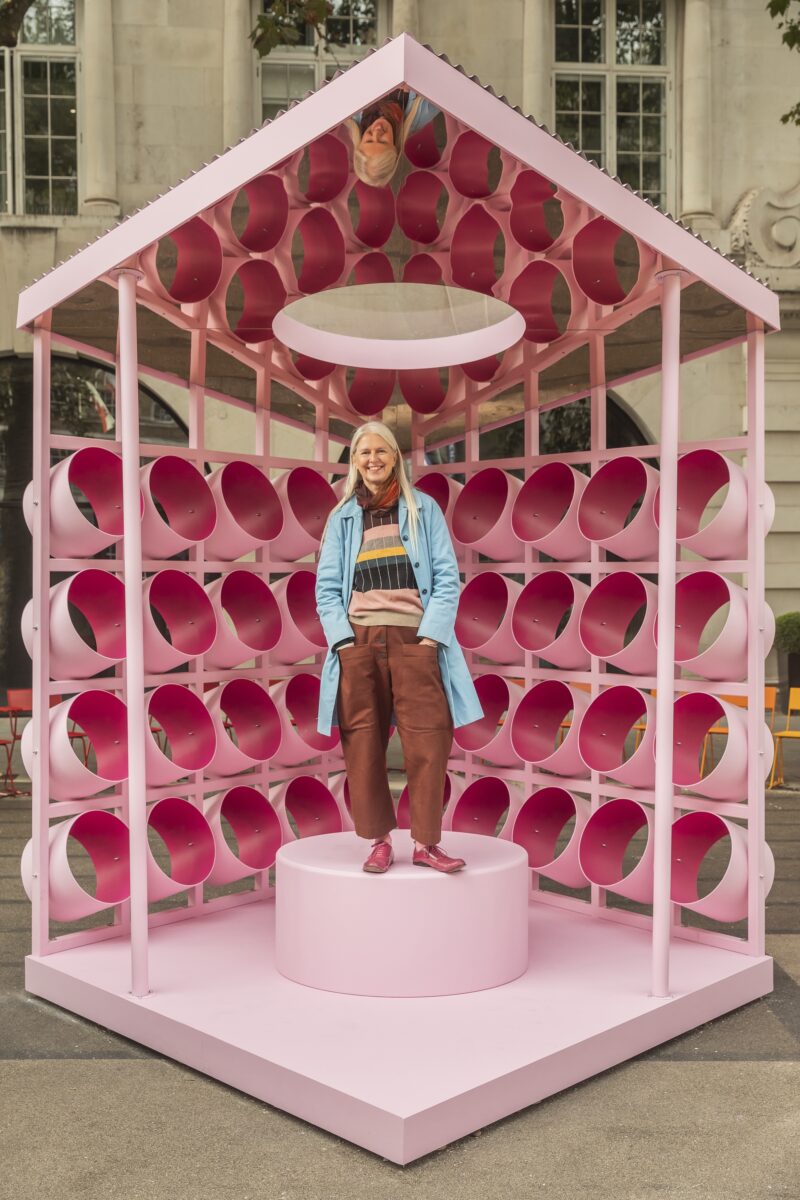
Over nine days, the annual festival will host over 300 events sprawling across 11 London neighbourhoods, including Bankside, Battersea, Brompton, Chelsea, Dalston to Stokey, Fitzrovia, Greenwich Peninsula, Mayfair, Park Royal, Shoreditch and William Morris Design Line.
The festival offers a platform for local and global talent to showcase design through exhibitions, workshops, talks, presentations and installations of various shape and size. While it may not yet rival Milan’s FuoriSalone’s scale and business relevance in the design industry, LDF has made its unique mark in the international design calendar with a wide variety of exciting, creative and fresh presentations, channelling the rebellious and energetic design spirit of the UK capital.
Historically the hub of LDF is at the Victoria & Albert Museum; this year’s landmark installations expand to other cultural institutions including the Chelsea College of Art in Pimlico, Somerset House, and the Old Royal Naval College in Greenwich, among others.
A key landmark attraction for this 22nd edition is Pavilions of Wonders, an installation by Nina Tolstrup of Studiomama, comprising of three structures, brought together by an unusual list of commissioners: it is presented by Mattel, Inc.’s Barbie® and Visit Greater Palm Springs, California.
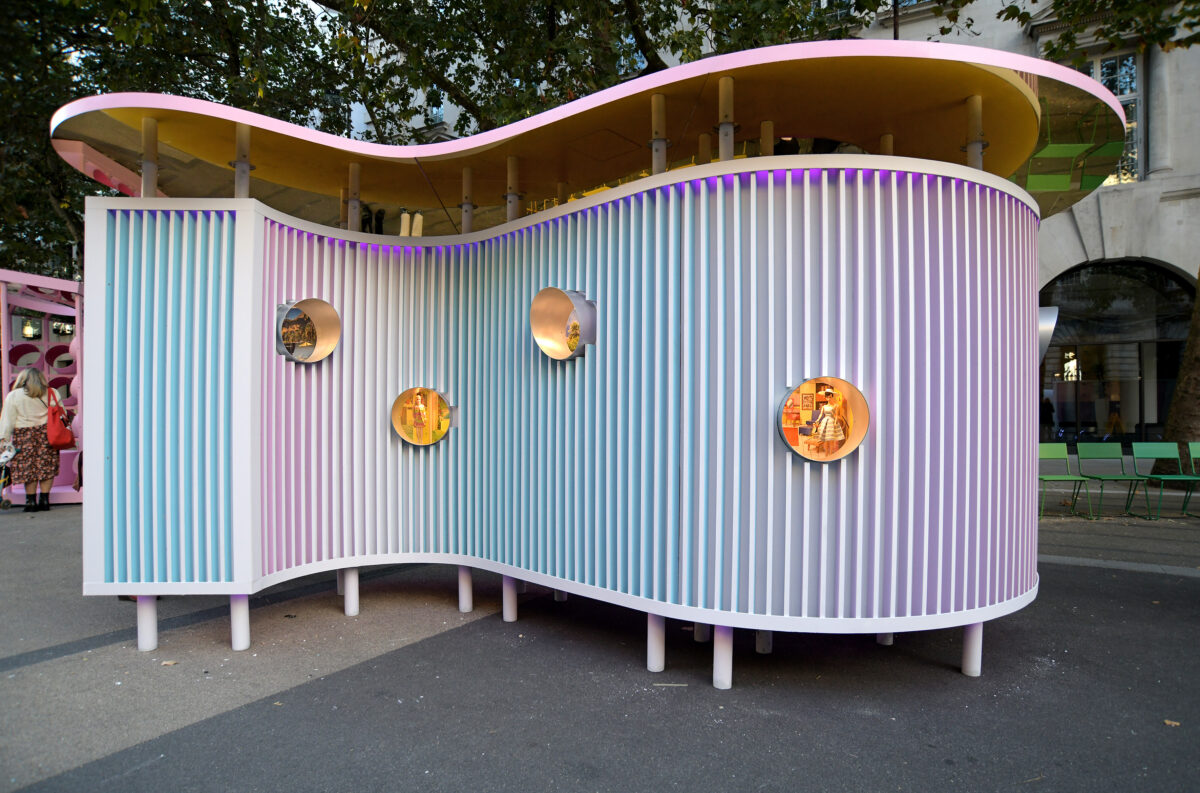
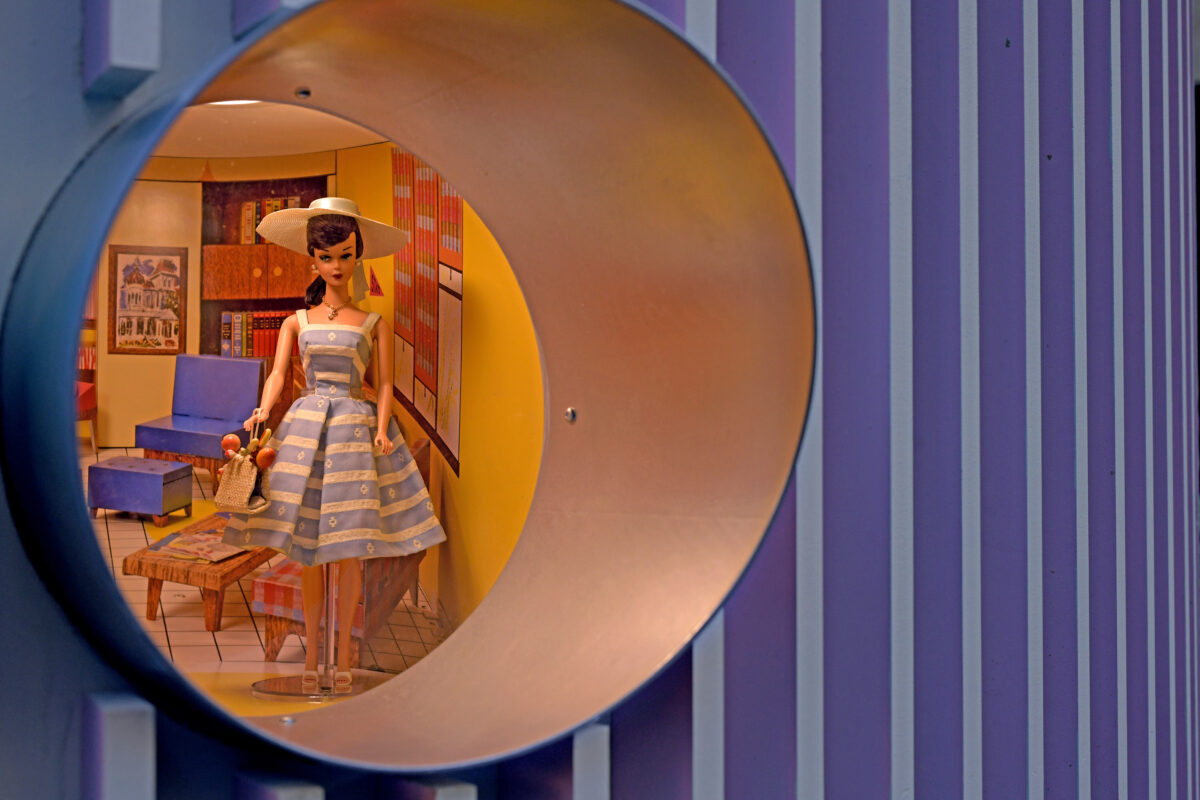
Pavilions of Wonder reimagines the iconic Barbie DreamHouse through a contemporary take on the modernist architecture of Greater Palm Springs – which influenced the original Barbie house. Palm Springs’ geometric lines and vibrant colours, along with its laid-back yet sophisticated lifestyle, resonate with Barbie’s idolised world in multiple ways.
The Pavilions of Wonder are located in the newly pedestrianized section of the Strand, opposite Somerset House. They encapsulate desert modernism through playful, interactive lens. Tolstrup’s design journey began with an exploration of Barbie’s history and the visual language of Palm Springs. Although, she mentioned, she visited during the summer, her experience was certainly a fascinating one.
Merging mid-century modern architecture with the iconic Barbie DreamHouse, Tolstrup is inviting visitors to experience her design from a fresh perspective.
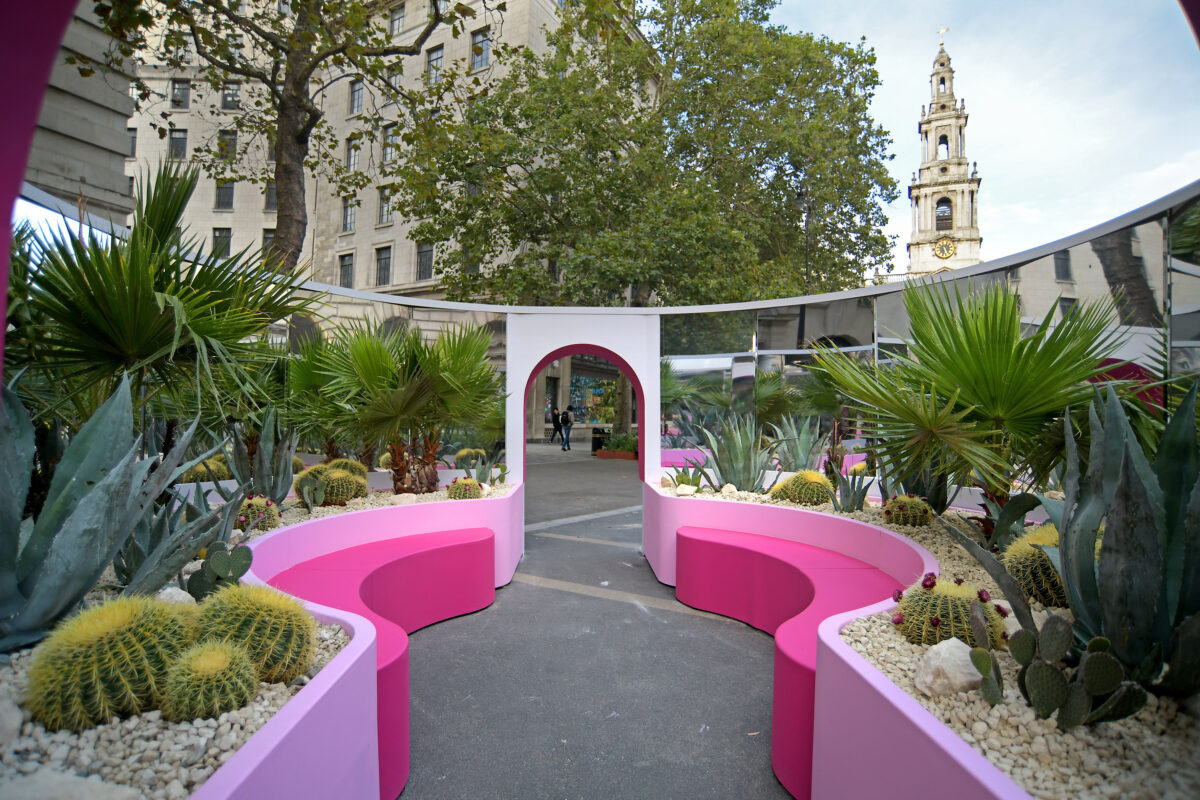
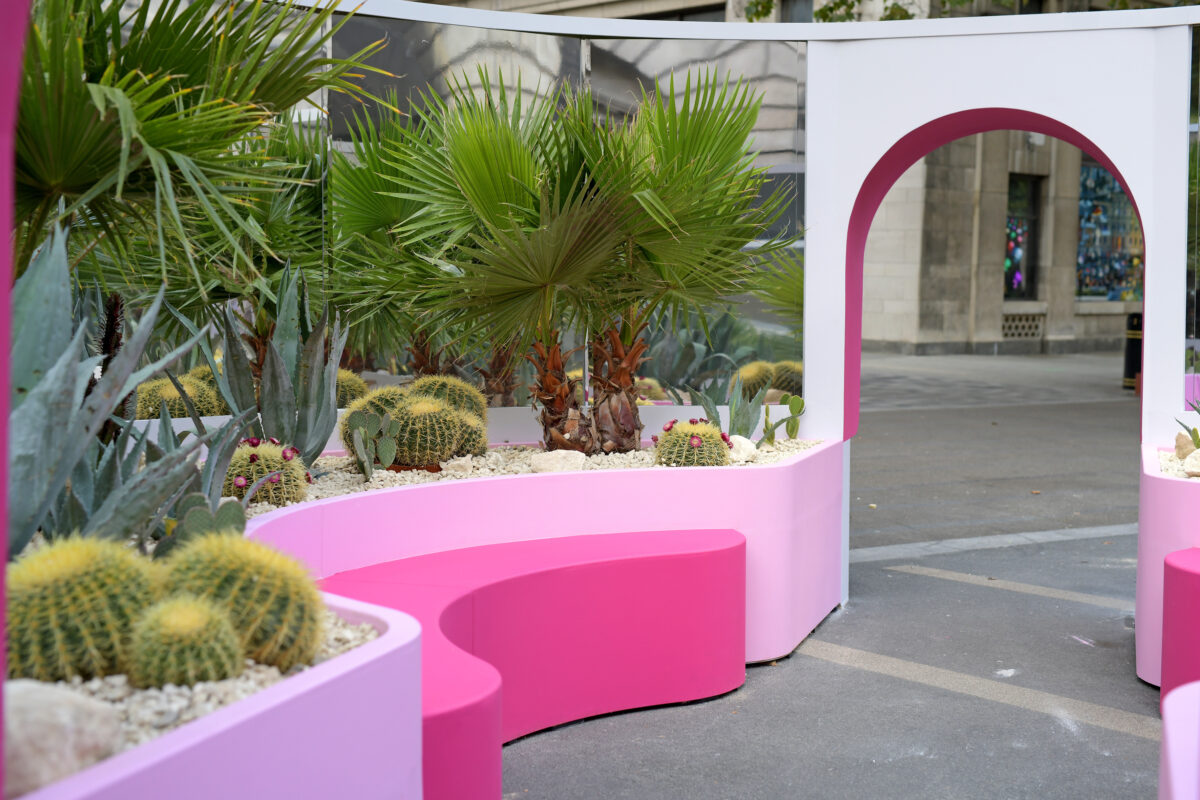
Each pavilion offers an immersive encounter, blending Palm Springs architectural tropes (the arch, the kidney shaped swimming pool, the cantilevered roof, wide windows connecting the indoor with the outdoor, clever shading screens to keep the desert sunlight out, and so on) with the whimsical design language of Barbie.
The Barbie DreamHouse, introduced in 1962, has evolved with time, capturing the spirit of each era’s design and architectural trends. Keeping up the time, its newest iteration features pet-friendly areas, further connecting it to modern lifestyles. Its evolution mirrors that of our taste through different eras and decades, from the 60s through to now.
Greater Palm Springs, known as the “US Capital of Modernism,” has served as a playground of experimentation for architects like E. Stewart Williams, Albert Frey, and Richard Neutra. These architects have left a lasting influence on the region’s built environment, with their geometric forms, clean lines, and use of popping colours. The region’s architectural significance has inspired many, including Barbie’s evolving home.
The Pavilions of Wonder explore this heritage through three interactive structures, open during LDF and free to visit to all. Nina Tolstrup of Studiomama is no stranger to creating design projects that bring together playfulness and blend multiple sources of inspiration. She said:
When Ben Evans (Director, London Design Festival) approached us with the proposal to create a design inspired by Barbie’s Dreamhouse and Palm Springs iconic modernist architecture, we immediately visited the city, and were immersed in its sun drenched, desertic architecture language. It’s been a joy to translate two such significant cultural icons in our “Pavilions of Wonder”, and bring our interpretation to London, creating a connection also with Somerset House
The first pavilion, ‘Reflect: playful pauses’ is inspired by the geometric grid design influenced by modernist architect Albert Frey’s Palm Spring’s City Hall. In trademark Barbie Pink, the pavilion features create a kaleidoscopic effect, its iconic sloping roof, highlighting the intersection between the modernist architecture of Palm Spring, and Barbie Dreamhouse. The mirrored undersides enhance and amplify the visual experience, in a repetition of geometrical patterns. It is also lit up at night, creating a surprising effect in central London’s Portland stone grand architecture.
The second pavilion showcases rare Barbie dolls, visible through round peepholes, and draws from Californian homes. With its curvilinear form and roof inspired by Barbie’s slide and kidney-shaped swimming pools (a recurrent outdoor element in the domestic dwellings of the area), ‘Discover: Design Stories’ further highlights the design connections between the two reference points, and adds an elements of nostalgia, as well as creating an immediate connection with the viewer: I couldn’t help but searching for a Barbie I was familiar with, drawing a personal and direct link to my own childhood.
The final pavilion, ‘Dream: Infinity Garden’ is a cactus garden, referencing the desert landscape and its natural beauty, and blending elements of Japanese garden (the gravel, and the rocks and the orderly layout) with Palm Springs’ iconic giant cacti. Another influence is the relationship between indoor and outdoor, always emphasized through the presence of large windows, enhancing and celebrating the direct connection with the mountainous desert landscape of this majestic region.
It is very apparent in the three Pavilions of Wonders that the design process was heavily influenced by Tolstrup’s visit to Palm Springs, where she studied the architectural masters and mid-century modernism.
‘From gas stations to bank buildings and town halls, the installation incorporates design details that pay homage to Palm Springs’ architectural legacy. Additionally, the connection to Somerset House’s architecture, with its Portland stone and arches, adds a unique connection between London and Californian influences. The colour palette, inspired by Barbie, ties the installation to its playful roots.’ adds the designer.
For Tolstrup, this project aligns with her studio’s mission to bring joy and playfulness to design. The installation creates a conversation about the role of play in shaping our built environment, inviting visitors to explore the pavilions with curiosity and imagination. It serves as both a reflection on architectural heritage and a celebration of the playful spirit that defines both Barbie and modernist design. It can be interpreted in many ways, but it is certainly one not to miss during this year’s festival.
Pavilions of Wonder by Nina Tolstrup of Studiomama 14th September – 22nd September Strand Aldwych LDF24

